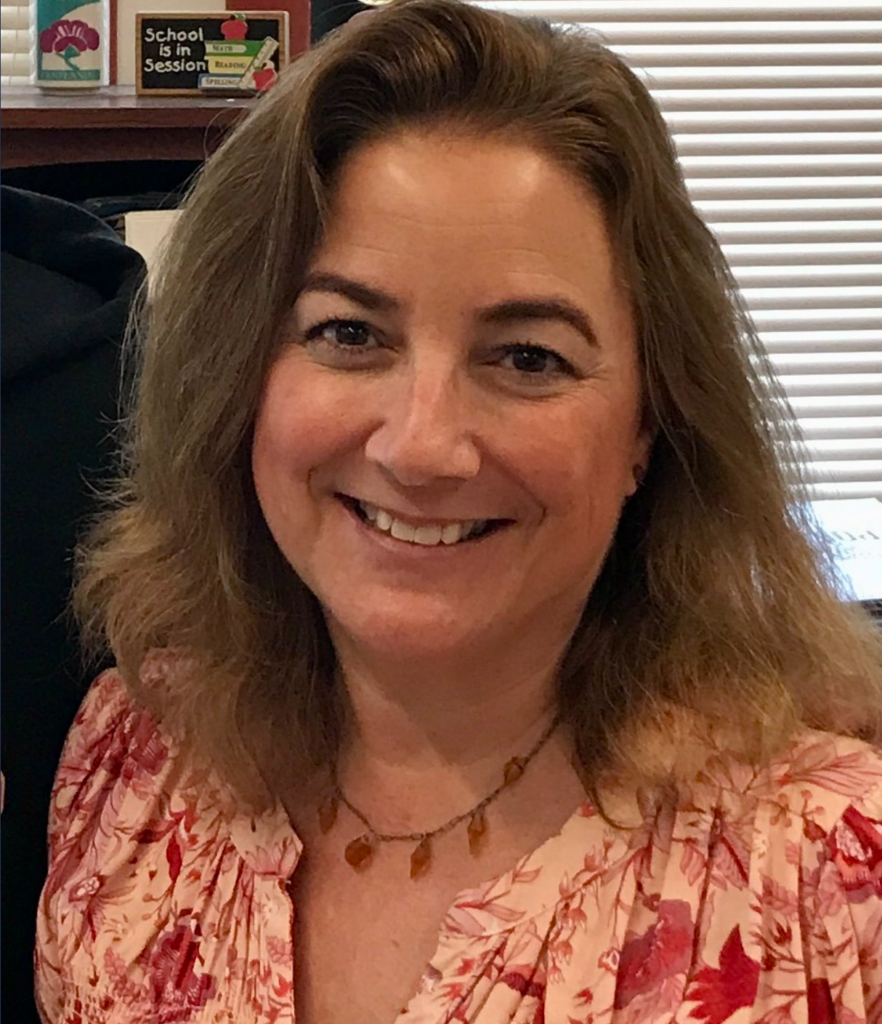Join us at 6:30 PM, May 27, at Jack’s Restaurant & Bar, located at the Northwest corner of the Westgate Shopping Mall in San Jose, near Campbell (1502 Saratoga Ave, San Jose, CA 95129) and via ZOOM. This month’s topic is
Kirstein Ta on “Reminiscences of Smithville in Dekalb County, Tennessee: A personal account of the Civil War through a child’s eyes”
William Thomas Foster was only three years old in the fall of 1860 when he witnessed the first signs of an impending civil war. After April 1861, he would see two of his older brothers Eratus D. Foster and Stephen M. Foster join up with Capt. Cantrell’s Company C, 23rd Regiment, Tennessee Confederate Infantry. His third brother John B. Foster would go on to join the 15th Mississippi Regiment.
In William’s personal account of his family’s experiences during the civil war he shares the hardships felt by many families during those tumultuous four years. Even more disconcerting is the stories he shares about his family’s encounters with a group of Confederate guerillas led by a young man by the name of Pomp Kersey.
Pomp Kersey and his gang spent the majority of 1863-1864 terrorizing the town of Smithville, but Pomp particularly liked harassing the Foster family due to the knowledge that William’s father was a known Union sympathizer. Pomp eventually found himself on the wrong end of a gun in July of 1864, but the wrong end of whose gun?
Kirstein Hansen-Ta is a new student of the Civil War. In July 2024 she inherited ten six-inch binders that contained her family history dating as far back as 1630 to present day. As incredible as all this history is, she found none as interesting, or as fascinating as the family’s experience in the Civil War. There were several men on both sides of her family that fought for the Confederacy. This included her second great grandfather, in addition to a number of uncles. She is happy to report that with the exception of one they all returned home.
Amid the hundreds of pages inside these binders Kirstein came across what she considers the most valuable four pages of them all. These four pages are a type-written letter from an uncle describing all three of his older brothers, and their time in the Confederate army. Additionally, he goes on to describe what life was like for the family during the Civil War, as well. What Kirstein realized after reading these stories was that the most intriguing part of the civil war wasn’t necessarily the battles, or the politics, but rather about the people who lived through it.
Wanting to learn more about the Civil War, Kirstein came across the website for the South Bay Civil War Round Table, and she officially became a member in October 2024. She looks forward to learning more about this significant time in our country’s history.


